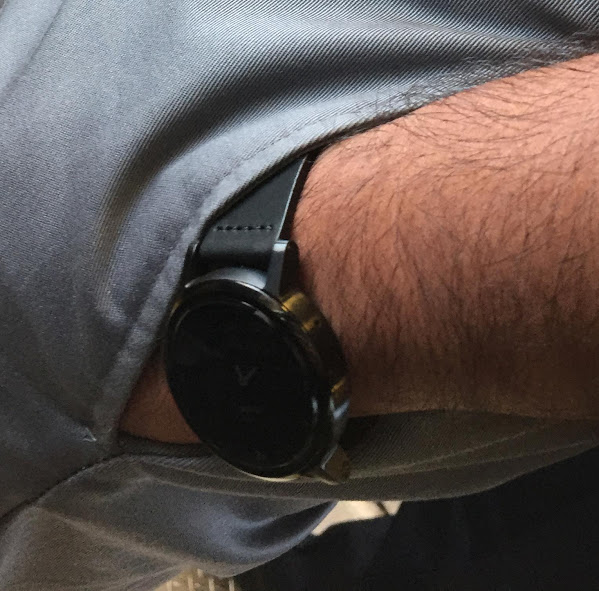Search result

Recently a reputed English IT journal brought news into everyone's notice about HTC's upcoming move. The Taiwanese Electronics brand HTC has revealed its plan to release a next-generation model of its blockchain-centric smartphone somewhere by the end of 2019. According to HTC's chief decentralized officer Phil Chen, the development is still in the process and aims to boost smartphones sales. If realized, this will also help to expand the company's blockchain echo system.
In sprint 2018, HTC first unveiled its plans for its first native blockchain phone. HTC Exodus will support multiple block chains, including Bitcoin, Ethereum networks, PCMag reported May 15. HTC Vive creator Phil Chen seem pretty positive about the possible outcomes after this phone is being launched. Chen said the Company's mission is to support the entire blockchain ecosystem in order to "help underlying protocols expand their base of dedicated nodes". Chen also mentioned that the upcoming premium phone will support "multiple blockchain protocols" such as BTC, Ethereum, Lightning Network (LN), and Definity Network.
The Android smartphone will feature a universal digital currency wallet as well as a secure hardware enclave. Chen also insisted that HTC Exodus would be highly secure and follow high standards of security and data protection. He said: "I want to see a world where the end consumers can truly own their data - browsing history, identity, assets, wallets, email, messaging - without the need of central authorities. As there isn't much information about Exodus right now, we can't estimate the price tag it might carry but Chen said that company may consider cryptocurrency as a means of payment for the upcoming blockchain powered smartphone.
The second-generation of HTC Exodus will extend its supported blockchain apps to browsing, messaging and probably to the social media. These new communication apps will be based on peer-to-peer connections instead of being routed via clouds. Chen referred to the major success of centralized consumer apps like Uber and Airbnb as an emerging sector of blockchain and decentralized technologies.
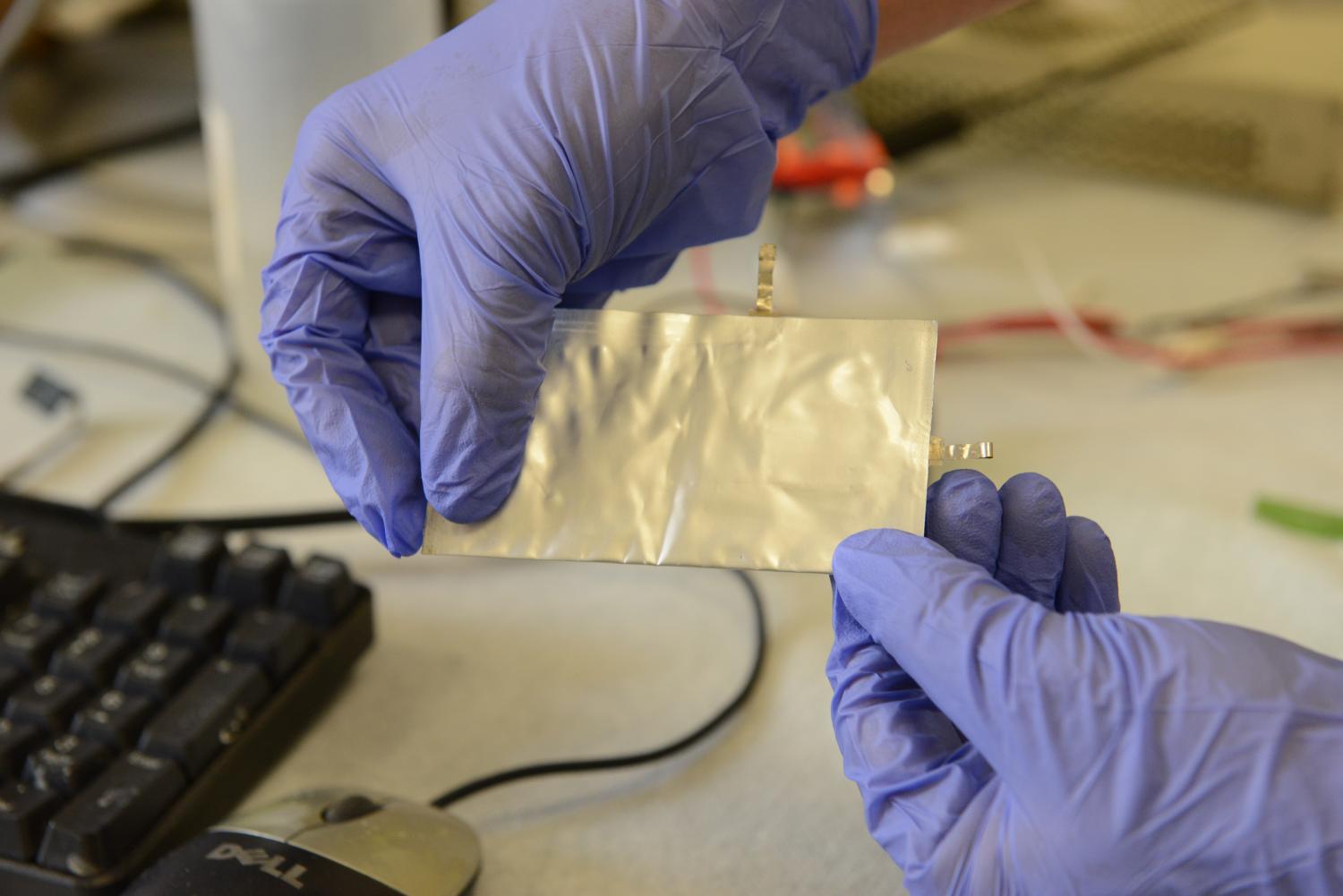
Stanford University scientists made a breakthrough in making a flexible aluminum battery. Today, Google revealed that a small team of scientists working on a next-generation battery technology for consumer electronics.
As part of the Google X research lab, Dr. Ramesh Bhardwaj is working with three other scientists on about 20 different battery-dependent projects. As a former battery expert at Apple, Dr. Bhardwaj and his team is now trying to push the envelope of the lithium-ion battery technology further. He is also testing solid-state batteries for consumer devices.

Google joins a list of tech giants which are trying to improve the battery technology for future, including Apple, Tesla, and IBM among others. We are yet to see whether and how the search giant plans to to utilize this technology.

The front camera posed a huge problem whenever smartphone manufacturers aimed to create a full-display smartphone. Apple gave a notch to the industry. Samsung came up with four types of infinity display but Oppo has surpassed all of these with an under-screen camera. The company made an unbelievable promise and delivered it. The hidden lens technology debut alongside a new mesh talk calling system. The front camera is there, in front of us, hidden under the display, allows you to take a selfie. There is no notch, no pop-up, or some fudge to mask the camera hole.
Oppo teased the in-display camera in early June and then promise a closer look soon. Oppo and other Chinese manufacturers have introduced other way of hiding front-camera like cut-out notice, punch-hold or pop-out cameras. There was some concern about pop-up camera reliability though, as it depends on the mechanical functionality of the device. You might wonder why no one has thought about it before Oppo. Actually, the technology to achieve this isn't easy. The display isn't a simple one in fact. It is made of a special enhanced translucent panel material which is specially customized for the camera. Then there are processing algorithms which do things like haze removal, HDR, and white balance tweaks.
The result is a completely new technology for front-facing cameras. It is capable of taking selfies just like any other smartphone. Now when we have a close look at the design, we know that it looks stunning but we don't' know about the final quality of the picture taken by this device. The fact that you are trying to take a snap from behind a display can cause a loss of quality. There could be some noise or loss of resolution of the display where the front facing display is place near the phone.
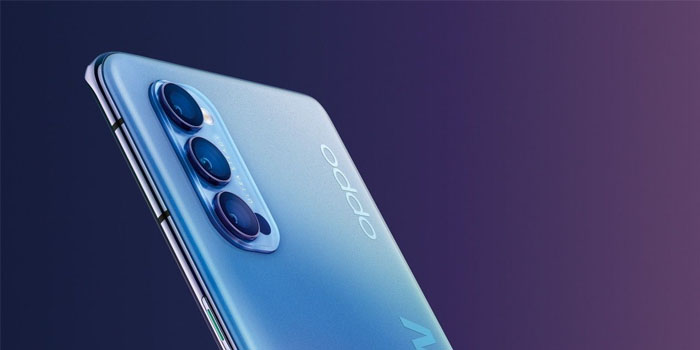
Oppo is known for making mobile phones that are not just gorgeous but also affordable for most of the users. And now we have rumors that they are just getting faster and better in terms of processing power as well. The rumors says that Oppo's upcoming device could feature a next-generation processor. The leaker with a username DigitalChatStation on Chinese social-network website Weibo says that Oppo is working to integrate a new chipset that may end up being called the Snapdragon 870.
Snapdragon 870 hasn't been announced yet and we are expecting it to be revealed by the Qualcomm event in December - but according to existing reports, we can hope for lighting-fast processing speeds to smartphones. If Oppo does have plans to feature its next smartphone with Snapdragon 870 in a phone, it will be likely teh Oppo Reno 5 or Oppo Find X3 that is expected somewhere around Feb or March next year. The Oppo Reno 5 is the fifth-generation of its mid-range smartphone series. Oppo might want to use the latest processor at its most premium model, but it remains to be seen how ‘lite' the Snapdragon 870 is, and Oppo might decide it's a better fit for its top phones than the 875.
If the Oppo Find X3 does end up having this Snapdragon 870 processor, it will be another great phone by the companies to put high-speed processing chips in the mid-range smartphones. But do users actually need such a fast processor for an additional cost? Mid-range smartphones are a preferred choice of users who might not need maximum processing power. We have to find what's in store for us, when the phone actually launch or we get more confirmed leaks. So, would you pay extra for having a processor that is super fast or you would prefer to stick to more budget-friendly smartphone variants? Do let us know in the comment section below.

We all are using 4G LTE devices now, However, the International Telecommunication Union (ITU) is working on setting the standard and defining the specifications for the Next Generation 5G (5th Generation) Network.
Between June 10th and 18th, 12 delegates debated on the specifications to be established for the upcoming 5G network standard. The ITU has decided that 5G networks will have a peak speed of 20Gbps, or 20 times the peak speed specification of 4G LTE networks, which stands at 1Gbps.

One thing to bear in mind is that these are theoretical max speeds, and that the first 5G networks will likely reach much lower peak speeds. At the moment, the fastest LTE standard is LTE Cat 9, which provides peak speeds of up to 300Mbps, well below the 1Gbps speed specification of 4G networks. What this means is that while crazy transfer speeds are to be expected, 5G subscribers will not be able to download an ultra high-definition movie in just a second, which is what a download speed of 20Gbps would mean if put into practice.
5G networks will also be built with internet-of-things (IoT) devices in mind, as the ITU has established that 5G networks will be able to cater to more than 1 million IoT devices inside a 1 square kilometre radius at an average speed of above 100Mbps. The ITU expects the first commercial 5G networks to start opening for business in 2020, although a working example is being prepared for the upcoming 2018 PyeongChang Olympic Games.

Most of us are using 4G LTE devices now, However, the International Telecommunication Union (ITU) is working on setting the standard and defining the specifications for the Next Generation 5G (5th Generation) Network with the help of Samsung Mobile in Korea.
Last month, 12 delegates debated on the specifications to be established for the upcoming 5G network standard. After testing, Samsung annouced that 5G Networks will have a peak speed of 20Gbps, or 20x times the peak speed specification of 4G LTE networks, which stands at 1Gbps.
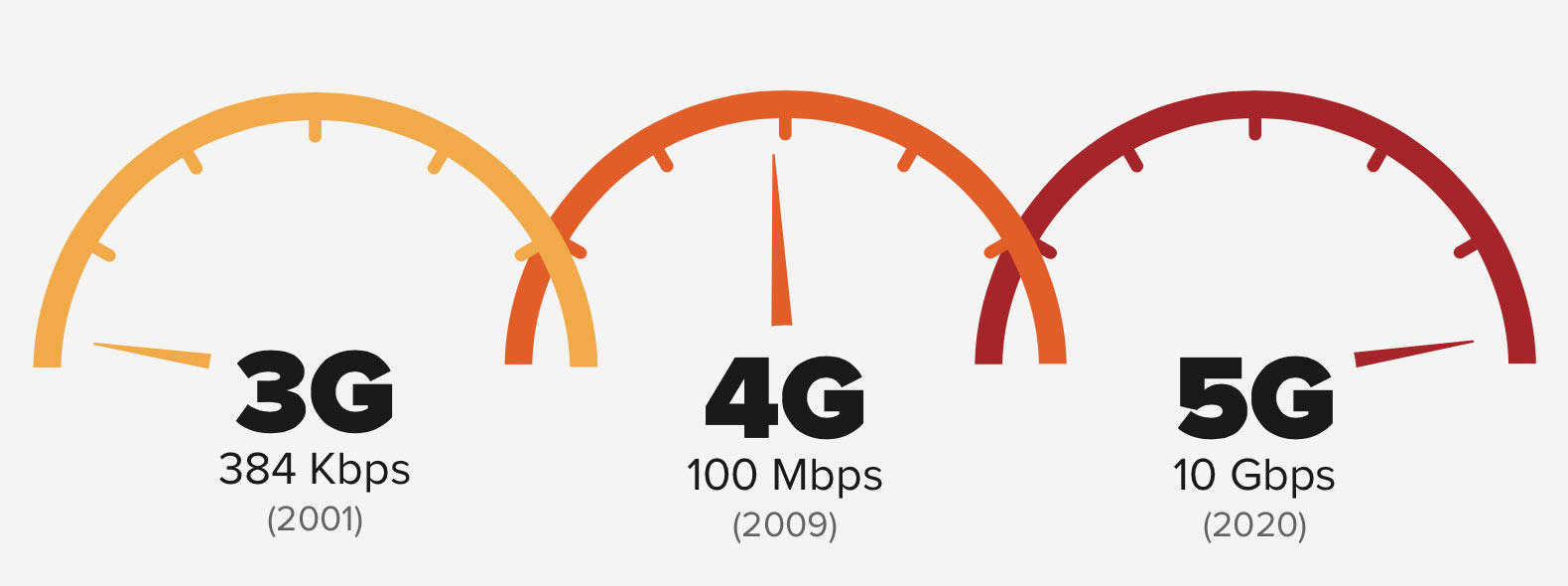
One thing to bear in mind is that these are theoretical max speeds, and that the first 5G networks will likely reach much lower peak speeds. At the moment, the fastest LTE standard is LTE Cat 9, which provides peak speeds of up to 300Mbps, well below the 1Gbps speed specification of 4G networks. What this means is that while crazy transfer speeds are to be expected, 5G subscribers will not be able to download an ultra high-definition movie in just a second, which is what a download speed of 20Gbps would mean if put into practice.
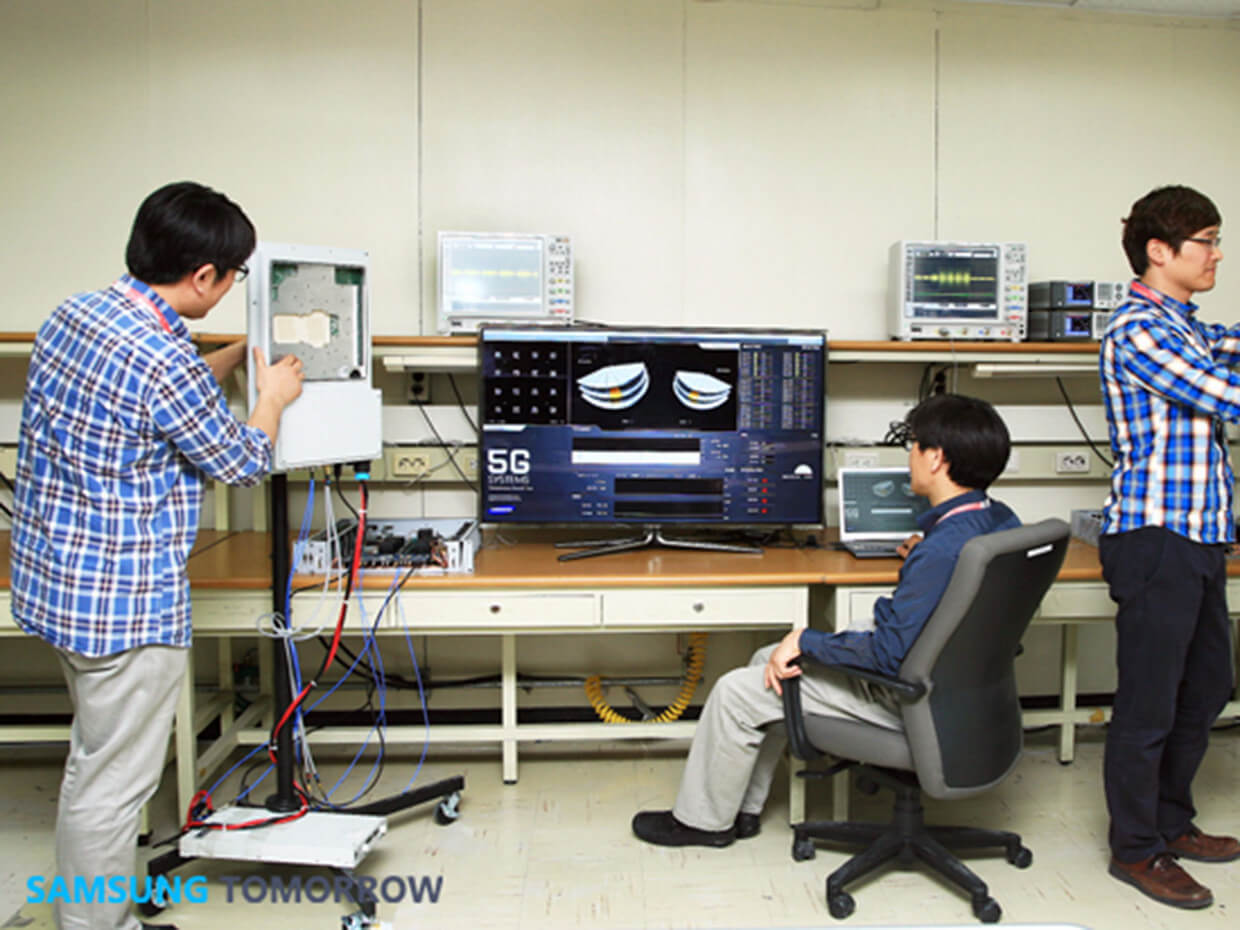
5G networks will also be built with internet-of-things (IoT) devices in mind, as the ITU has established that 5G networks will be able to cater to more than 1 million IoT devices inside a 1 square kilometre radius at an average speed of above 100Mbps. The ITU expects the first commercial 5G Networks to start opening for business in 2020, although a working example is being prepared for the upcoming 2018 PyeongChang Olympic Games.

Changing Power buttons are a reflection of design trends in modern technology. When smartphones first came almost a decade ago, nearly every phone had a power button the top of the device. As screen sizes become bigger, and that top edge went higher and higher in the position beyond the reach of a normal user's hand, the power button re-positioned to the side of the device. When screens grew larger and home buttons went extinct, the power button got built-in fingerprint sensors. And Apple is no different: the iPhone power button experiences the same trends.
So when Apple completely removed the home button, it made two significant changes about the power button, too. First, the power button on the iPhone X is twice as big as its predecessor, so it's always easy to press it. And it now activates Siri when held down, instead of offering the shutdown prompt (the other main function of the iPhone home button). Both of these shifts make sense and was approved by users with open heart. iPhones were getting bigger, and making the button easier to press is a natural extension of that. And as the last major button left on the phone, having the power button trigger Siri was essentially the only option.
It was a difficult-to-adjust change at first, but the difference is a positive one, I think. I use Siri for simple things like setting alarms and adding reminders to return Amazon packages far more than I did to turn off my phone. And putting that function in the power button - which I nearly always have a thumb on when holding my phone, even more so than the home button - makes it even more accessible. Plus, the bigger button is just more enjoyable to press, especially on brand-new devices when the click is still nice and crisp.

Motorola is definitely working on a successor to its last year's Moto 360 rounded smartwatch. The new wearable may even be offered in two different sizes, just like what Apple did. Today a few images have been leaked showing the new model in the wild, on people's wrists actually.
Although it bears quite a resemblance to its predecessor, including that 'flat tire' for the screen, this is the next generation Moto 360 and you can tell because of the position of its button. On the original this was placed at the 3 o'clock mark, while this time around Motorola's moved it to 2 o'clock for whatever reason.

These shots allegedly come from around Chicago, an area in which Motorola has its US headquarters. So these may be company employees testing the device.
As before, it looks like Motorola will bet big on customization. These pictures show two different versions of the 360, an all-black one with leather strap, and another with a Rose Gold casing and Cognac band.
© 2023 YouMobile Inc. All rights reserved





